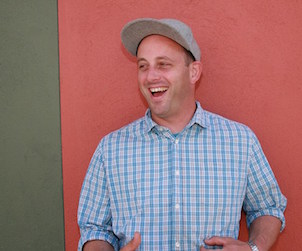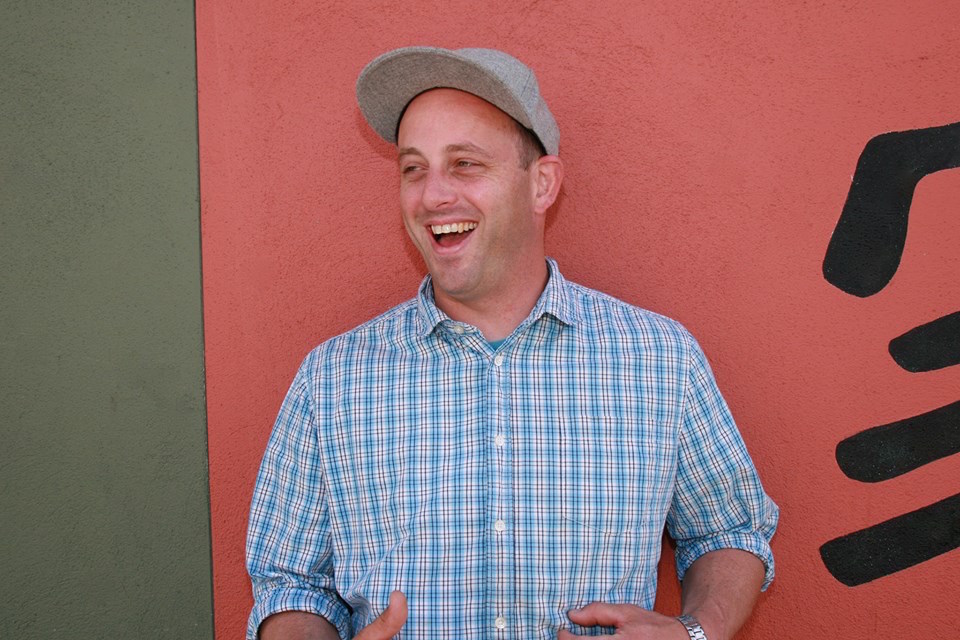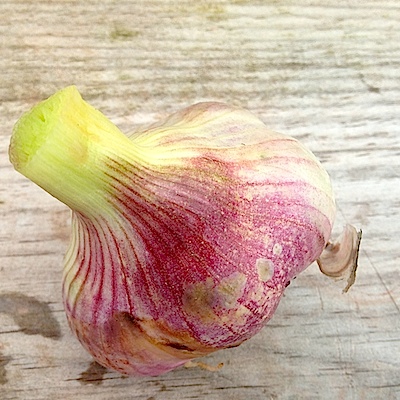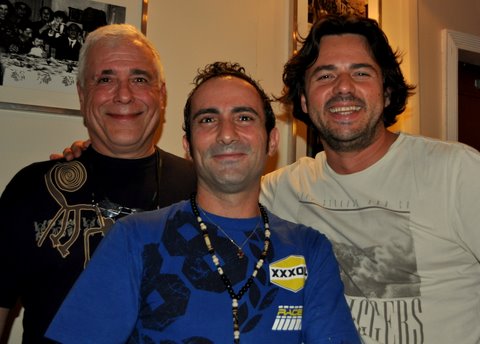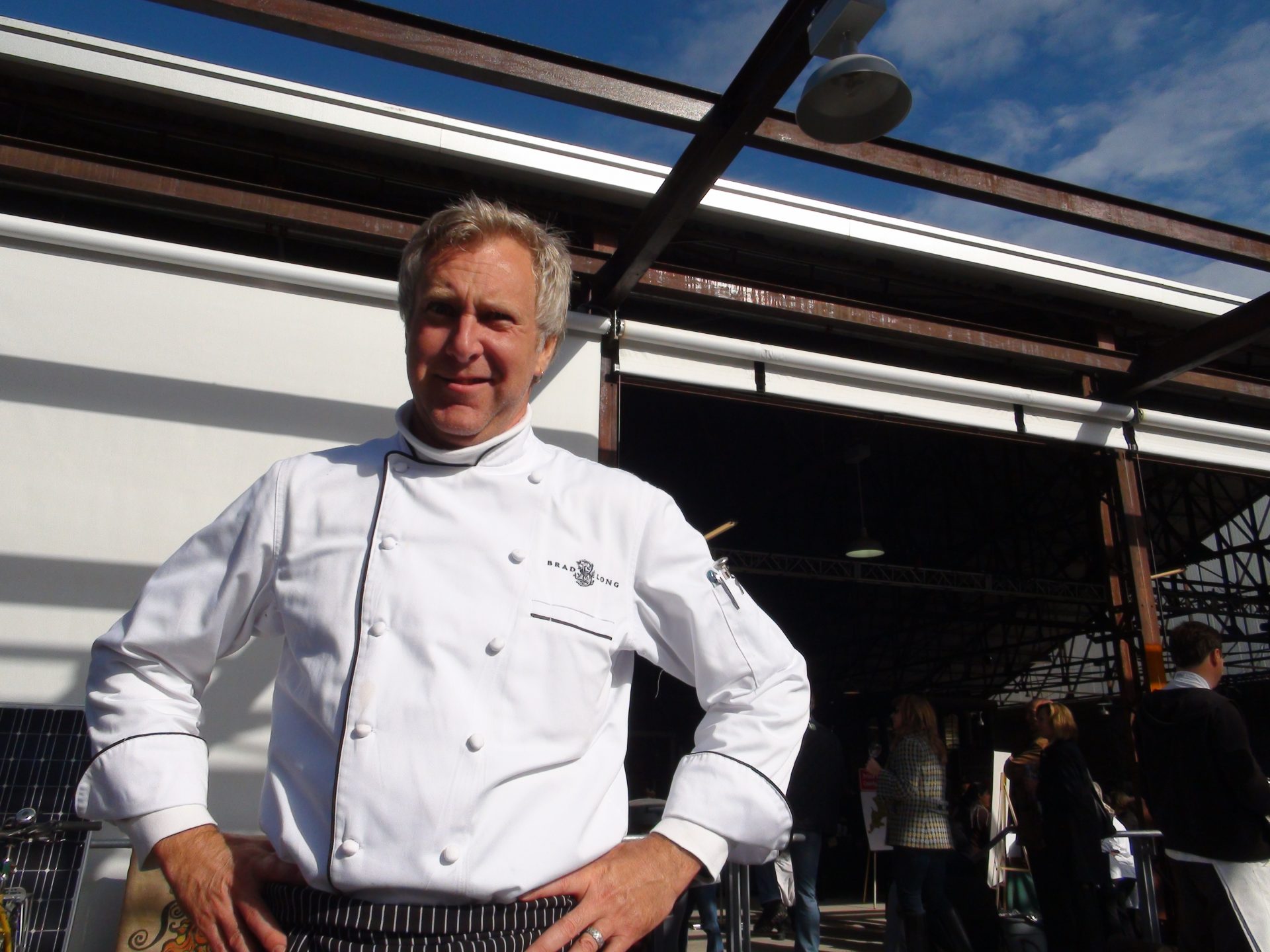Andrew Shepherd was a BC chef who, after a decade in restaurant kitchens was looking for another career in food. A bet with a friend led to the production of Canada’s first salt harvested from the ocean and a new enterprise with Shepherd at the helm: Vancouver Island Salt Co. Shepherd was in Toronto recently to showcase his salts to the city’s chefs and high-end food retailers. I caught up with him the day after a sold-out dinner featuring his sea salts and chef Dave Mottershall (a.k.a. Loka Snacks) at Hi-Lo. Our conversation is reproduced below.
This interview has been lightly edited for style and clarity.
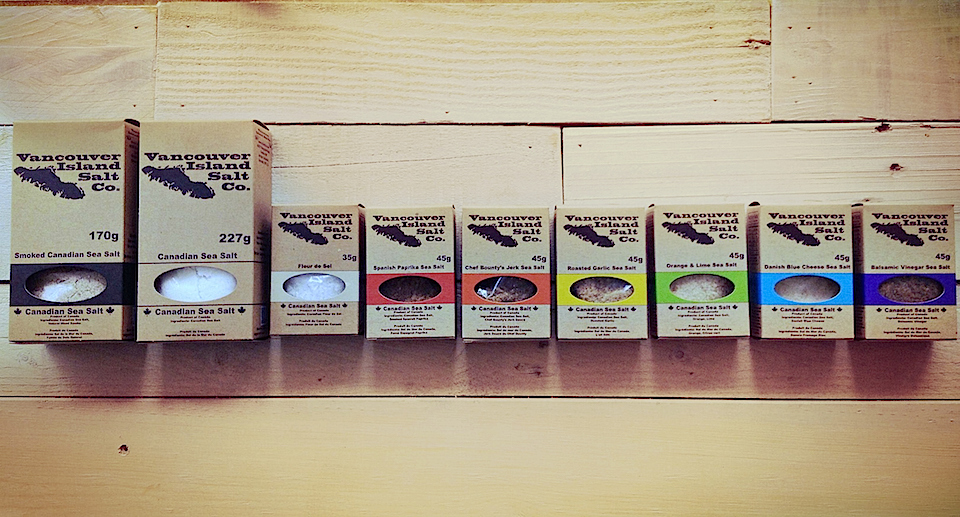
Good Food Revolution: When did you start making salt?
Andrew Shepherd: It’s coming up to be about six years.
GFR: What happened? Why did you start? Why wasn’t anyone else making sea salt in Canada, or at least BC?
AS: Here’s a ten second background on Canadian salt: we have an easy access underground reserve under the Great Lakes. So, Canada has a history of mine salt, which is really affordable and easy to get to people. But now, sea salt isa full blown global culinary trend, so the door was left open for us to come in and start something.
Now, when we started it was pretty much a joke. I shot my mouth off, as I am apt to do, to an old friend of mine from Nova Scotia. He lives in Vancouver and was over visiting and we were standing on the beach, and I was running my mouth off about how someone should sea salt in Canada. He told me shut up, and that if it could be done, it would’ve been done. He was trying to get me off the topic, but I was adamant that it could be done, so he made me a bet for a case of beer that if we stayed up all night boiling sea water I wouldn’t have anything in my pot in the morning. The next week, we got two cases of beer and we just did it and I won the bet. Four months later, I was self-employed.
GFR: So, I guess you use an energy source other than the sun?
AS: Like England, we are in the realm of what is generally considered cold weather harvesting. We don’t really have great solar seasons. So we use forced evaporation: we boil. We grew our company using mill waste wood. In the Cowichan Valley, where I live, and which is the farmland outside of Victoria, there’s a long standing tradition of wood mills and lumber works. What they do to get rid of their scrap is they actually burn it. So, we would go in and we would use their wood to run our initial evaporation. Now, and for the last few years, we have been using straight up vegetable oil, so we are super green and we’re just now working some bio-diesel into the mix. It costs more, but it’s so much more efficient that you get your money back. We’re always looking for green ways to doing what we do.
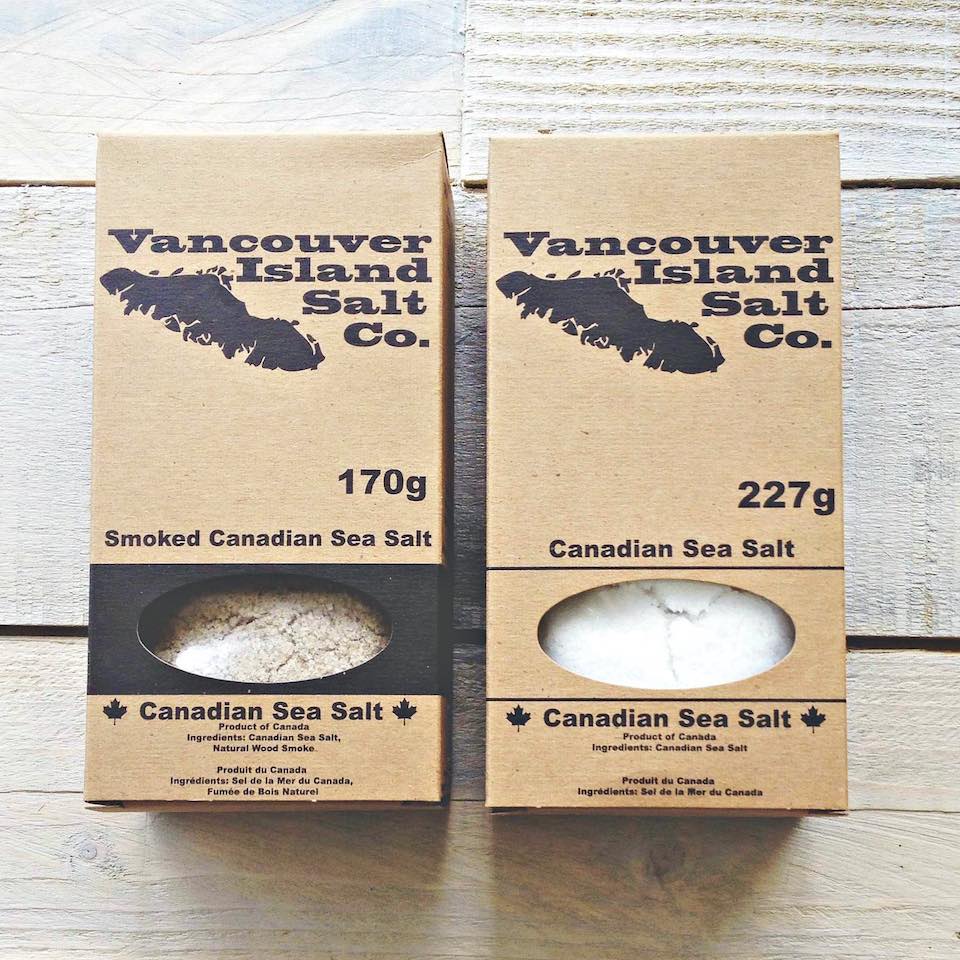
GFR: So, after all these years, what have you learned?
AS: What have I learned?!? Well, I’m self-taught so I’ve learned everything! [Laughs.] It’s actually been really fascinating. I do have to just say that I have an amazing team that’s been with me a long time. Bryan Krueger, who’s been our production manager, runs the harvester and has been with me for four years now. My other guy, Connor, was with me when I first started, he left the company but came back, so we all have sort of learned together. When we started out, we were just happy to have salt. Through trial and error we’ve been able to figure out how to harvest fleur de sel. We had to do some research to see how to do it, but made it on our own equipment. It’s by and large recognized as the world’s most prized salt. We’re the only authentic producers in North America, which is pretty cool. And we’re working on all sorts of things. We’re developing much larger salt crystals now. And we’re able to separate out our grey salts, as well. Those are the magnesium rich and iron rich salts. So, initially in that first year, all of our fleur de sel, our white salts and our grey salts were all blended: we just had salt. Now, we understand the differences and what makes them different and how to harness them. So, we’ve learned a lot.
GFR: How do you collect the ocean water?
AS: I live about a minute and a half from the beach at Cherry Point, which is where we harvest. And we live at Cobble Hill, where the harvestry is, on my acreage. When we started out we would just go into Cherry Beach at high tide with blue aquitaine buckets and hip waders. we had a little truck that could take 600 litres: 20 30 litre jugs. Then, we got a pump and a bigger truck. Now, we have a jet pump and we do about 28,000 litres a week. We haul three 2,000 litre loads a day.
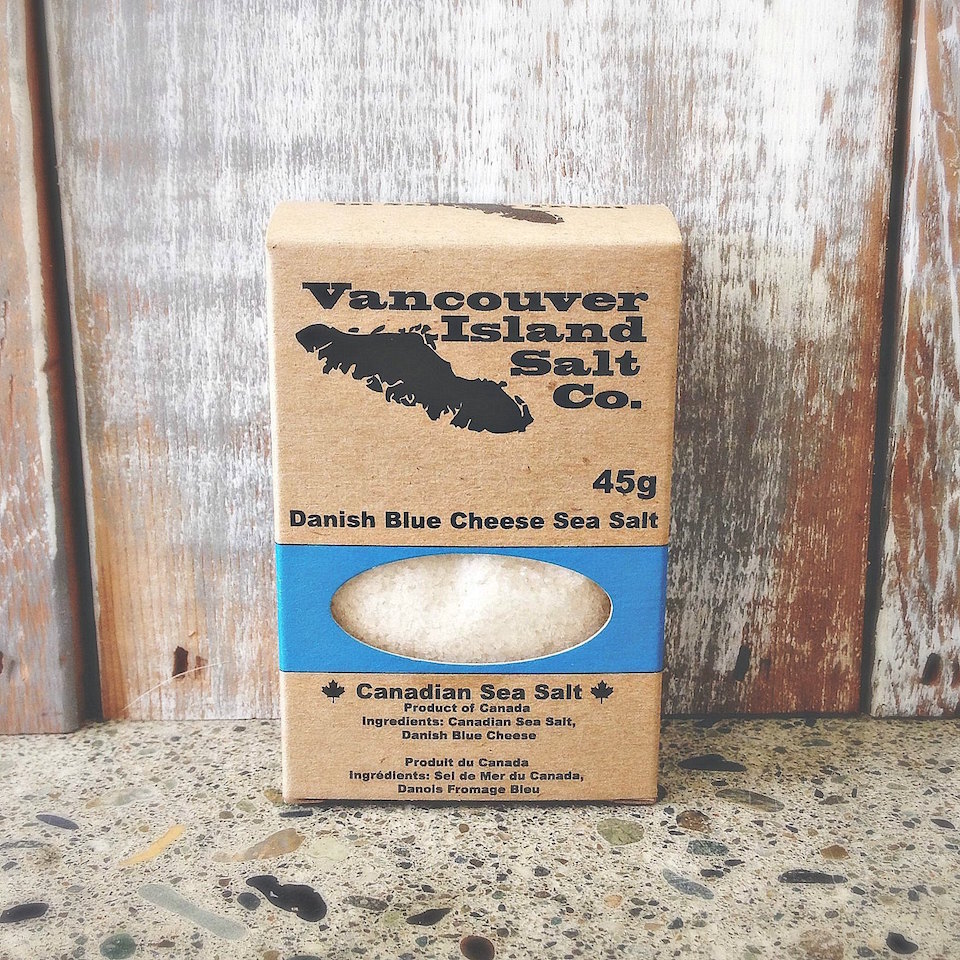
GFR: Is there like a “merroir” thing, where your part of the ocean gives a particular flavour to your salts? Is it different from, say Camargue or Trapani?
AS: Yeah. There’s no doubt. I can tell you for a fact that if we did a salt tasting I could pick my salt out right away. And even since we started up, there are now ten new salt harvesters, of which five are on Vancouver Island, which is sort of flattering but also a little silly. But whatever, it’s a great place do it because we have clean, moving water. We don’t have stagnant harbours. I believe that because we all harvest in different places, our salts are all super unique. Some of them are visibly different, and then with some there’s just a flavour context that’s different. Salt Spring Island Sea Salt has a flakier product that I notice right away and I think theirs is a bit more bitter, where ours has a bit more sweetness. Magnesium is often attributed to a little more sweetness in salt, and calcium is often considered to be what adds a little bit of bitterness to it.
GFR: Interesting. And of course your background is as a chef.
AS: I am a career food guy. I just had enough of cooking in the kitchens after more than a decade and, this takes the shine off my little story before, but I was actually developing food products for retail when I got the idea to harvest salt. And I have been doing salt ever since.
GFR: And is business good? are you expanding your markets?
AS: Yes. We’re booming across Canada, which is awesome. We are now starting to pick up steam in the States. Just today we nailed down a new store in San Antonio, so that’s really cool. We have stores [selling Vancouver Island Sea Salt] in Colorado and Washington State and we’re moving into Oregon: we sent a really big order out to Portland three weeks ago. So, we keep chipping away. When we first started it was all about being Canada’s first sea salt, so people would try it. But now, I think we’ve developed our products to a point where we have world class sea salt that we’re producing. So now, when we push into other markets it’s less about being Canada’s first, and more about ‘Hey, check out this high quality product’. Ever since we learned all those things I talked about earlier, we’ve been able to open up these doors. We just sent our salt to a trade show in Hong Kong, we’re going to meet with the guy who took it when we get back, but he’s given us some quick email feedback saying that people really seemed to enjoy it. Obviously there’s a lot of work to do to enter that market, but we were encouraged to hear that people liked our salt.
Click here to find out where to find Vancouver Island Sea Salt near you, including Good Food Fighters Oliffe and Hooked in Toronto.
 Malcolm Jolley is a founding editor of Good Food Revolution and Executive Director of Good Food Media, the company that publishes it. Follow him on Twitter or Facebook.
Malcolm Jolley is a founding editor of Good Food Revolution and Executive Director of Good Food Media, the company that publishes it. Follow him on Twitter or Facebook.

